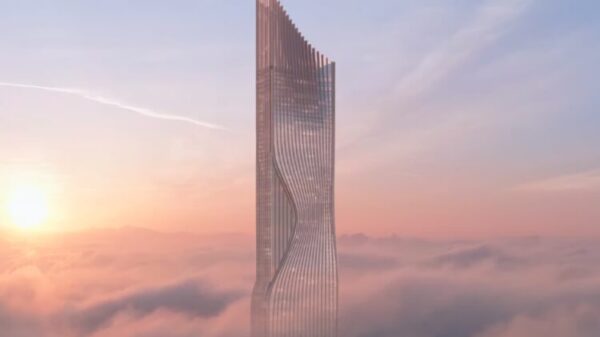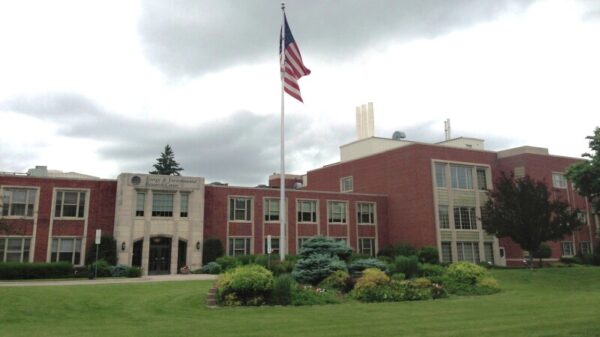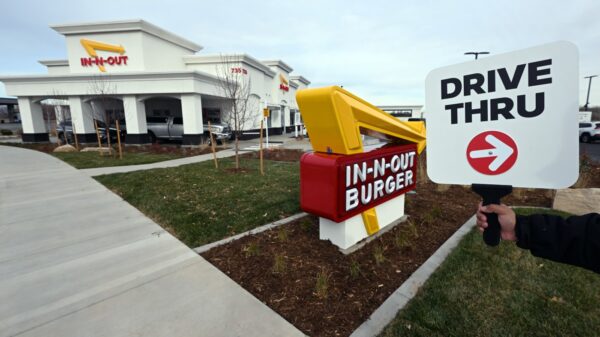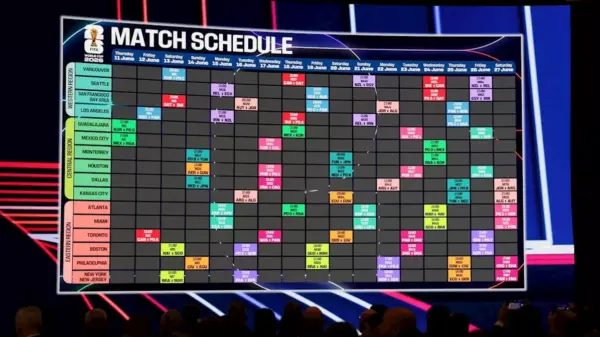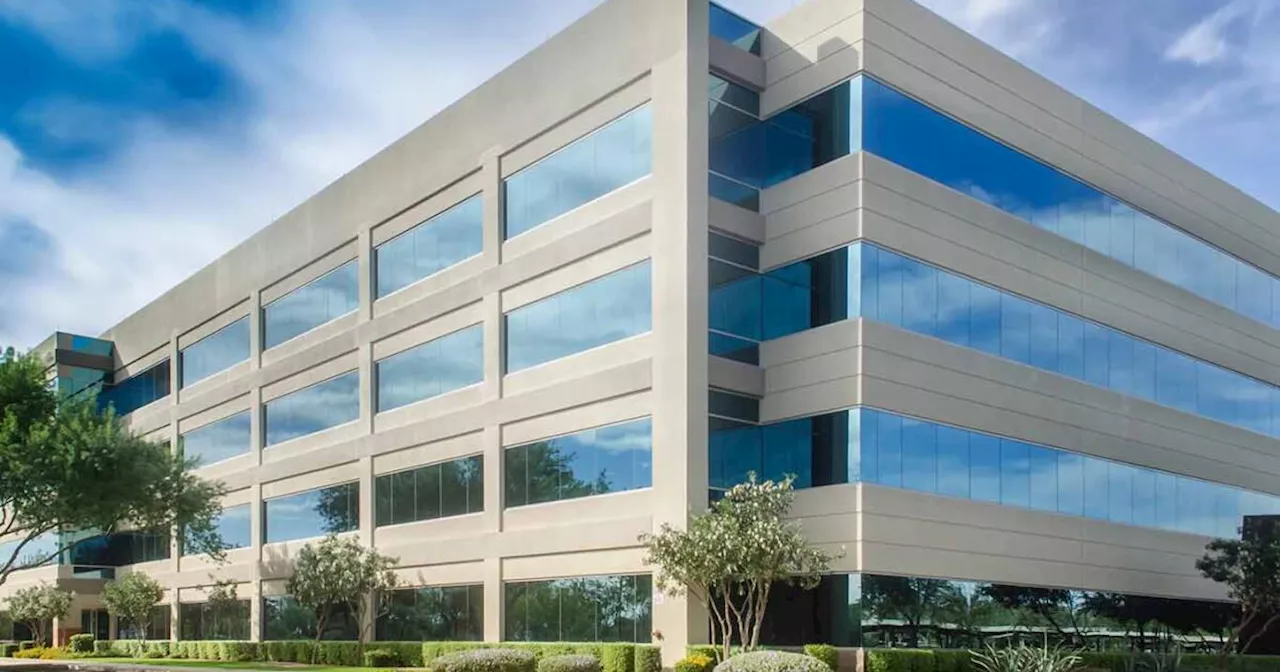The third quarter of 2025 has witnessed a significant slowdown in industrial development across Southern California, particularly in the Inland Empire, while office leasing activity has notably increased in the South Bay area. This trend reflects broader economic uncertainties affecting real estate markets.
In Los Angeles, leasing deals were predominantly concentrated in the South Bay, where companies demonstrated an interest in flexibility and cost efficiency. Notable subleases included entertainment software developer COSM, which took over 67,725 square feet, and space vehicle manufacturer Varda Space Industries, which subleased 54,479 square feet from Beyond Meat in El Segundo. Additionally, marketing firm Canvas Worldwide signed a deal for a 68,301-square-foot sublease in the same area.
While office leasing appears to thrive, the industrial sector in the Inland Empire has experienced a remarkable pause; no new warehouse projects broke ground during the quarter for the first time in two decades. Mike McCrary, vice chairman at JLL, commented on the situation, stating, “It’s not a long-term situation. We’re already seeing developers break ground on sites.” He noted that the region had built too much too quickly, leading to a necessary correction towards a more balanced development environment.
Following a post-pandemic construction boom where the Inland Empire added approximately 100 million square feet of warehouse space since early 2021, the region now has 4.9 million square feet under construction. The industrial vacancy rate has risen to 7.8%, while the availability rate climbed to 11.5%, reflecting a combination of high construction costs and decreased demand stemming from economic uncertainty.
As a result of these trends, asking rates for industrial properties in the Inland Empire have dropped for ten consecutive quarters, now standing at $1.16 per square foot per month, down 9.4% year over year. In Los Angeles, asking rates have also declined for eight straight quarters, with market-wide rates decreasing to $3.58 per square foot per month.
Despite these current challenges, long-term projections indicate a different outlook. Average rents in Los Angeles have increased by 48.5% compared to pre-COVID-19 levels in the fourth quarter of 2019. Tenants who signed leases more than five years ago are now facing significant rent escalations, resulting in complex negotiations.
The Los Angeles office market vacancy rate has reached 23.9%, with a negative net absorption of 515,035 square feet noted thus far this year. The highest asking rates are found in West Los Angeles, where Class A space commands approximately $5.13 per square foot per month. Companies are increasingly seeking furnished and move-in-ready spaces, leading to a rise in large subleasing deals in the South Bay.
The industrial market has also shown signs of adjustment. Although vacancies have risen to 4.8%, the availability rate has decreased to 6.5%, hinting at a potential shift in momentum. The overall office market vacancy rate climbed to 19% as tenant uncertainty regarding long-term space needs persists.
In Orange County, the Greater Airport Area has been particularly active, accounting for 58% of leasing activity during the last quarter. Recent trends suggest a shift in office assets being repurposed for multifamily and industrial uses, with approximately 2 million square feet of office space removed since early 2023 and an additional 5 million square feet earmarked for demolition in the coming years.
On the industrial front, the vacancy rate has risen for the 11th consecutive quarter, attributed to both tenant move-outs and new construction completions that lacked pre-commitments. Currently, there are 17 buildings totaling 2 million square feet under construction, of which only four have been preleased.
Despite the challenges posed by tariffs, elevated construction costs, and high-interest rates, the Inland Empire remains one of the most active industrial markets in the United States, boasting around 650 million square feet of warehousing and manufacturing space.
The office vacancy rate in the Inland Empire has held steady at 8.6%, the lowest among major Southern California markets. Medical office development appears to be a bright spot, although overall leasing activity has slowed compared to previous years. The focus on affordability has limited the tenant base primarily to small and mid-sized local businesses.
In San Diego, office vacancy rates have stabilized at 14.3%, as reported by Cushman & Wakefield. Tenant activity has primarily centered on leases under 10,000 square feet, as companies seek higher-quality spaces with smaller footprints. Notably, law firm Jones Day secured the largest lease of the quarter.
The technology sector accounted for the majority of new leasing activity at 23%, followed by government and legal services. Industrial vacancy in San Diego dropped to 7.5%, primarily due to a significant 1.1-million-square-foot build-to-suit project for Amazon, which ended a streak of ten consecutive quarters of occupancy losses.
Overall, tenants across the region are expected to lease 4.3 million square feet over the next two years, with rents for research and development spaces rising by 1.5% while manufacturing rents fell by 7.6% year over year. The manufacturing sector remains a key driver of economic activity, complemented by growth in technology, life sciences, and defense.









